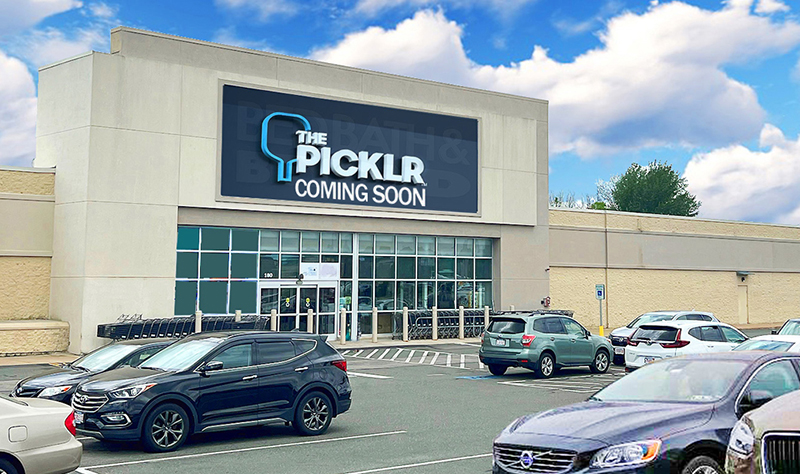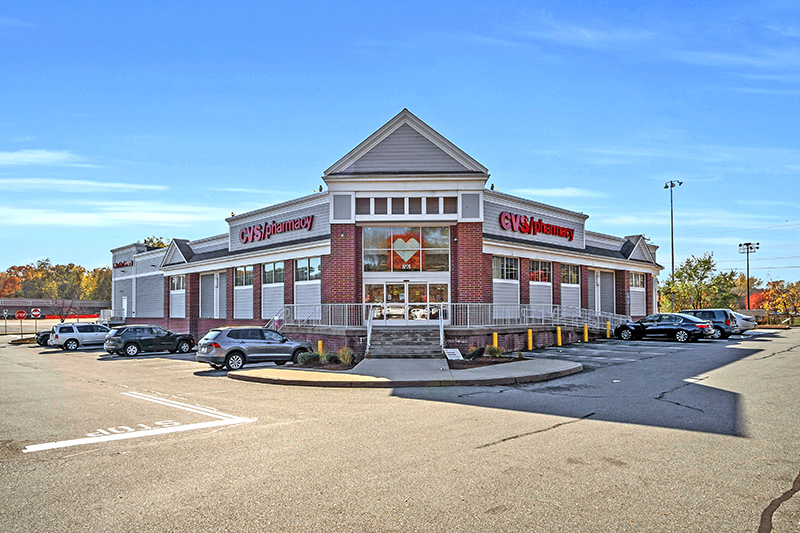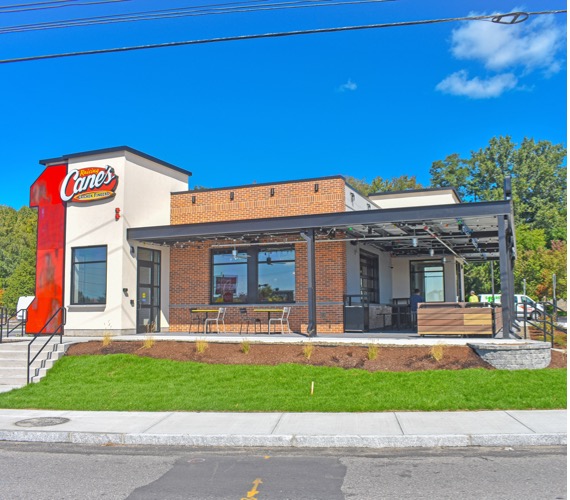News: Retail
Posted: August 20, 2008
Caveat Emptor: What's in your walls? Existing buildings and their individual nature
A typical tale of woe. An existing building is purchased with the intent of turning a lump of coal into a sparkling diamond. Ambitious plans are undertaken for new facades, fenestration, and finishes. The building is explored, poked, and prodded by architects and engineers, and the structure responds with a groan that results from hitting a sore spot. Or a number of sore spots as the case may be.
As with all alterations, there is a certain level of complexity and uncertainty that is associated with hidden conditions. As professionals, we attempt to minimize the unknowns and undefined; an educated guess as to what may exist is still only a guess. There are a number of factors that affect the difficulty or "challenge factor" for a particular project such as size, location, period of vacancy, age, condition, clients, scheduling, municipalities, hazardous materials...the list is extensive. But at some point, the project proceeds and the building is revealed. Two of our recent projects demonstrated the potential variables of an alteration.
Project 1: A sketchy history, a certain future
An existing multi-tenanted shopping center has been scheduled for a major alteration, both interior and exterior. There are a few vacant spaces. The concept is to revitalize the center with a new anchor tenant, alter spaces and juggle existing tenants to achieve this goal. The exterior will also be upgraded with new canopies, columns, and tenant specific facades. The plans were grand-only to be usurped by the "unknowns."
This building was originally constructed as a warehouse, then was converted to a retail use in the early '90s. The conversion included the demolition of existing structures and the construction of new additions. The first floor area of the building is approximately 190,000 s/f. In order to comply with building codes in force at the time, the building had to be segregated into three "fire areas" by constructing masonry firewalls; the largest fire area required the steel to be fireproofed.
Part of the current alteration requires the relocation of one of the masonry firewalls and the construction and locations of the firewalls had to be field verified. Upon the initial field survey, the major firewall could not be located. Was it possible the wall was replaced with a gypsum board and steel stud wall that terminated at the bottom of the roof instead of penetrating it? Apparently so. And where were the other masonry firewalls? Our search was fruitless. This project was "firewall challenged."
And what about the fireproofing on the structural steel at the largest fire area? Let's take a ride on a scissor lift, pop some ceiling tiles, and check...yup, fire proofing is also missing. The project just took a certain turn towards the uncertain. But there were too many forces already in motion-signed leases, construction schedules, and site plan approvals, to mention a few. The resolution to this project was based wholly on discussions and solutions in concert with municipal agencies at the local and state level. Remedial construction will be implemented to address the current deficiencies, thus allowing the proposed project to proceed. The new tenant mix will be realized as conceived, enhancing the center's marketability and "shopability."
Project 2: Explain again, why can't it be demolished?
Weighing in at a whopping 4,500 s/f, "The Building" packed quite the punch. It was the steal of a lifetime; great neighborhood, corner lot, new construction all around, it was in the midst of a downtown make-over. The plan was to convert this structure from restaurant to retail use; remove the exterior walls, install floor to ceiling glass for maximum exposure, enhance the roof line, change the exterior materials, remove the interior walls, and replace the sidewalks.
"The Property," in the other corner, had other plans however. The building had received prior zoning approvals and variances that permitted the restaurant to exist with limited on-site parking and other unique occupancy characteristics. Without pursuing a lengthy approval process to change the use of the building, the restaurant designation remained.
Then, the field survey. It was not the first time the new owner was advised to demolish the building because of the condition. A sure sign of a building ripe for demolition is when you can peek into the interior by gently peeling back the exterior sheathing. For similar reasons for maintaining the restaurant use, the building could not be demolished without sacrificing grandfathered setbacks. The existing setbacks from the property lines are greater than what current zoning permits. The loss of rentable area was not an option and the building would have to be altered.
As anticipated, more of the building was replaced than salvaged. Then, the unanticipated-cracked foundation walls, masonry openings with no lintels, masonry walls with various integrated wood materials, wood floors over mud set floors over wood floors that were removed down to the wood joists.
The transformation of this building is ongoing as construction proceeds. Salvaging the building was undoubtedly the more complex solution, however the benefits of saving the structure (at this point in the project) seem to outweigh the alternative.
Jay Tuller is the senior partner at Rosenbaum Design Group, Lake Success, N.Y.
Tags:
Retail
MORE FROM Retail
Mace of KeyPoint Partners negotiates 36,192 s/f lease for The Picklr at Endicott Square
Danvers, MA KeyPoint Partners (KPP) negotiated a lease with the nation’s premier indoor pickleball venue The Picklr at Endicott Sq. Vice president of retail brokerage Don Mace negotiated the transaction on behalf of the landlord.

Quick Hits




.jpg)


.png)